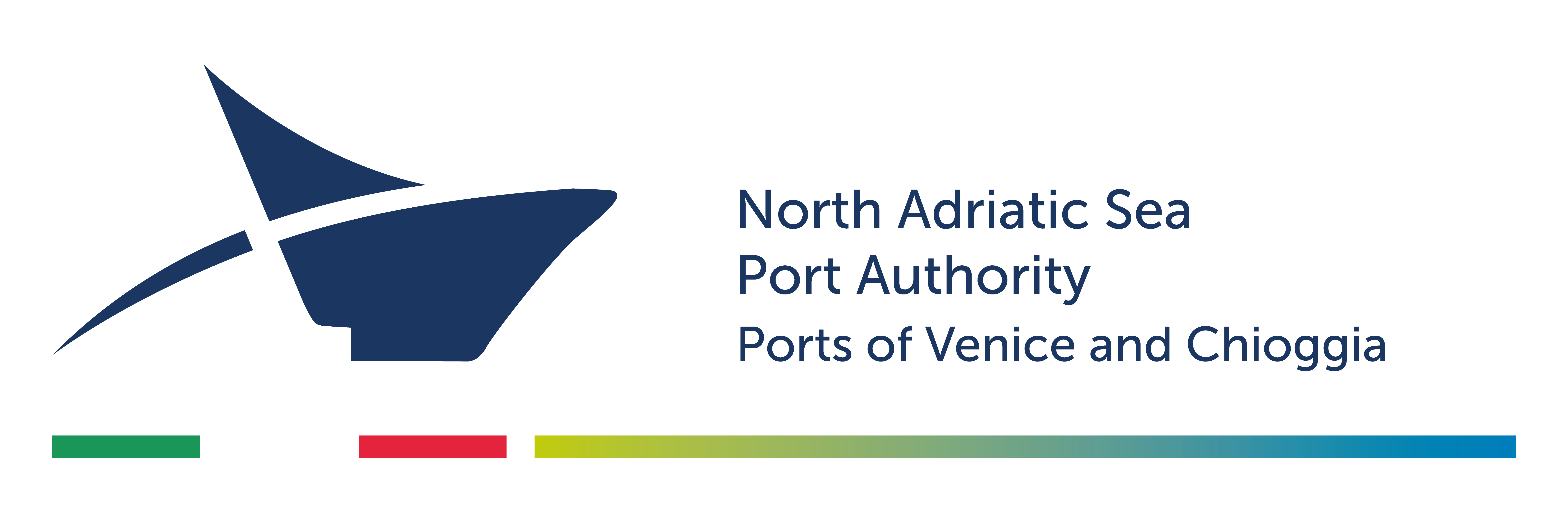Munich, 4th July – The Port of Venice is strengthening its position within international logistics networks and establishing itself as a key intermodal hub for the European automotive industry: Volkswagen has chosen the lagoon port to launch a major new vehicle handling operation that will start in October 2025 with the arrival of the first vessel to Vezzani Terminal. This decision opens up new markets for Venice and further consolidates a sector that has already seen strong growth in recent years.
Automotive traffic at the Port of Venice recorded double-digit growth over the past year, confirming the competitiveness of the port in this sector. Now, with the arrival of a global industry leader, this trend is not only reinforced but also systematized, laying the foundation for stable and long-term expansion.
The project will be managed by the Piedmont-based company Vezzani, which has been granted a 25-year concession by the North Adriatic Sea Port Authority (AdSP MAS) for the former SIRMA dock and its adjacent area in Porto Marghera. The site, previously disused, will undergo a complete redevelopment with an investment of over €5 million and will become a true intermodal hub dedicated to ro-ro (roll-on/roll-off) vehicle traffic.
A Hub Connecting Venice to Europe and the World
The figures behind the initiative speak for themselves:
- Weekly trains to markets in Central and Eastern Europe;
- New maritime routes from the Far East, thanks to Venice’s integration into Volkswagen Group’s international logistics flows;
- Redevelopment of 27 hectares of disused industrial land, connected to a railway junction and repurposed for logistics operations, with positive employment and economic impacts on the region.
The project was approved quickly thanks to its inclusion in the Simplified Logistics Zone (ZLS) and the use of the One-Stop Administrative Desk, confirming Porto Marghera’s attractiveness for innovative, sustainable, high-value-added industrial investments.
AdSP Investments in Intermodality
The Port Authority has supported the growth of the automotive sector with strategic infrastructure investments worth over €60 million, aimed at:
- Increasing internal rail capacity and connections to the national rail network;
- Reducing road-rail traffic interference;
- Improving logistical accessibility to the port’s industrial and terminal areas.
Current projects include:
- A new rail bridge over the West Industrial Canal,
- The expansion of Via dell’Elettricità,
- Upgrades to the Via della Chimica junction, and
- Expansion of Venezia Marghera Scalo station, which will be capable of handling up to 40 trains per day, making the port a benchmark for intermodality in the Northern Adriatic.
In parallel, the development of the new Porto Marghera logistics platform is in an advanced phase. This key infrastructure will manage agri-food and containerized flows and is connected to over 65 km of internal rail network.
“The decision to go with the Venice port supports our ambitions in several ways. It is not only an important step to make vehicle logistics for the Volkswagen Group more flexible and resilient, but it is also a decisive lever to reduce cost and CO2 emissions at the same time”, stated Peter Hörndlein, Head of Vehicle Logistics, Volkswagen Group Logistics.
“Volkswagen’s decision is yet another demonstration of our ability to attract strategic investment. The Port of Venice is becoming a go-to location for global logistics and automotive players,” said Fulvio Lino Di Blasio, President of the North Adriatic Sea Port Authority (AdSP MAS).
“This isn’t just about new traffic flows, but about a development platform that firmly connects us to markets in the Far East and Central and Eastern Europe, strengthening our international positioning.”
“This project highlights the urgent need to respond to the increasing demand for space within the port for logistics activities. It is crucial to find new land areas to support the growth of a sector that has become a structural pillar for our port and the entire region. AdSP continues to invest in intermodality, sustainability, and regional attractiveness (also thanks to the ZLS) to provide concrete responses to operators’ needs and generate value for the entire Veneto system.”
_______________
AdSP Institutional Profile – As a result of the Legislative Decree. 4 August 2016 n. 169, the North Adriatic Sea Port Authority (NASPA) was established which includes the ports of Venice and Chioggia. NASPA is a non-economic public body and its task is to direct, plan, coordinate, promote and control port operations. It carries out the maintenance of the common areas, maintains the seabed, supervises the provision of services of general interest, exclusively administers the areas and state property, plans the development of the port territory. It also coordinates the administrative activities carried out by public bodies in the port area and promotes forms of connection with the back-port and interport logistics systems. To increase traffic in the Port of Venice, the North Adriatic Sea Port Authority evaluates the international economic context, the current and potential basin of influence, and the state of the port infrastructure. Its action is integrated with the planning tools and guidelines of other public institutions, from the European Union to local authorities.
For More information
Ufficio stampa Autorità di Sistema Portuale del Mare Adriatico Settentrionale
Adnkronos Comunicazione
Andrea Nalon +39 328 0885794 [email protected]
Enrica Marrese +39 320 8074750 [email protected]


